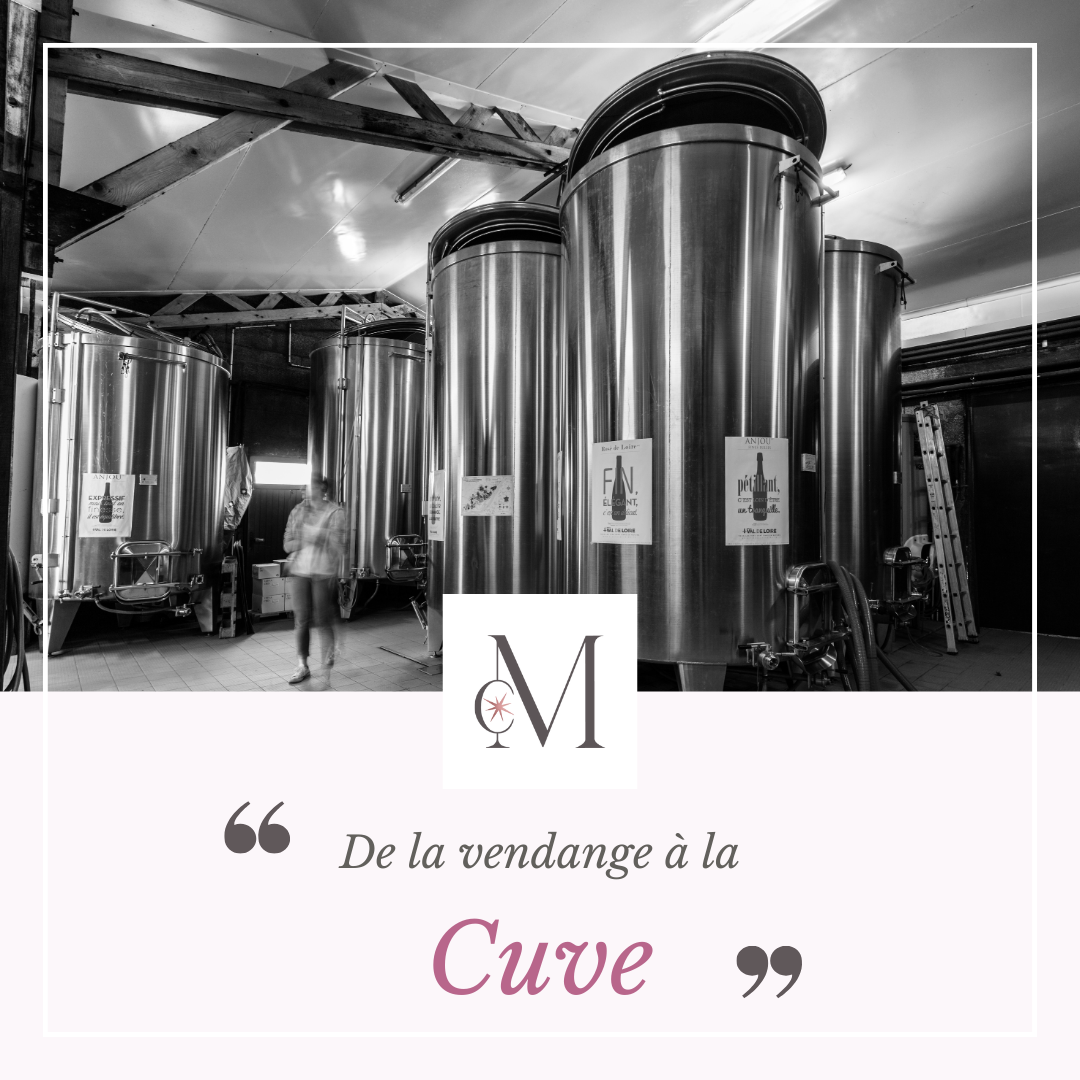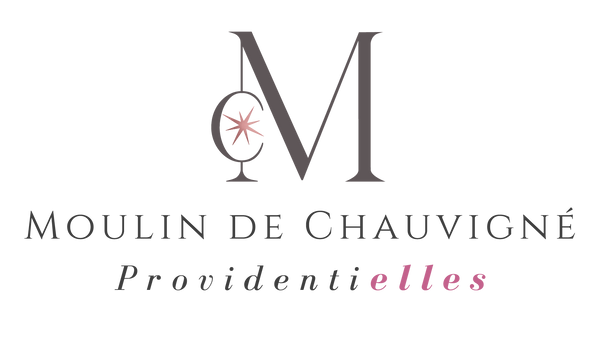
From the harvest to the vat
Share the article
1. Harvest: Harvesting grapes at optimal maturity
The season begins with the grape harvest, a key moment that directly influences the quality of the wine. Optimal ripeness is determined by careful analysis of the berry's sugar content, acidity, and aromas.
The harvest can be carried out in two ways:
-
Manual : Preferred for high-quality wines, they allow for rigorous selection of the bunches and avoid crushing the grapes.
-
Mechanical : Faster and more efficient, they are suitable for large operations and are often used for volume production.
After harvesting, the grapes are quickly transported to the winery to preserve their freshness and aromas.
2. Pressing: Extracting the juice with precision
Pressing is a key step which varies depending on the type of wine produced:
-
For white wines : The grapes are pressed directly to extract the juice, avoiding prolonged contact with the skins, which results in clear and aromatic wines.
-
For red wines : Unlike white wines, the juice and skins remain in contact for a specific period (maceration) to extract the color, tannins and specific aromas.
Modern presses, such as pneumatic presses, allow for gentle pressing, thus avoiding the extraction of unwanted compounds.
3. Fermentation: The heart of the process
Fermentation is the stage where grape juice is transformed into wine thanks to the action of yeasts which convert sugars into alcohol.
-
Alcoholic fermentation : This stage takes place in stainless steel, wooden or concrete vats, under strict temperature control in order to optimize the development of aromas.
-
Indigenous or selected yeasts : Some winemakers opt for indigenous yeasts naturally present on the grapes, while others add specific yeasts to ensure homogeneous fermentation.
-
Malolactic fermentation (for reds and some whites) : This secondary process transforms malic acid into lactic acid, giving the wine a softer, less acidic texture.
4. Aging: The refining of the wine
Once fermentation is complete, the wine enters its aging phase, which will influence its structure and aromas:
-
In stainless steel tanks : Preserves the freshness and fruity aromas of the wine, ideal for white wines and certain young reds.
-
In oak barrels : Brings woody, vanilla notes and complicates the aromatic profile, often used for wines for aging.
-
Blending methods : Some winemakers combine the two techniques to balance freshness and complexity.
The duration of aging varies depending on the type of wine and the desired effect. Once aging is complete, the wine is clarified, filtered if necessary, and then bottled for sale.
Every step, from harvest to vat, influences the quality and character of the wine. Meticulous craftsmanship and careful attention to detail allow winemakers to enhance each vintage and express the full potential of their terroir.
